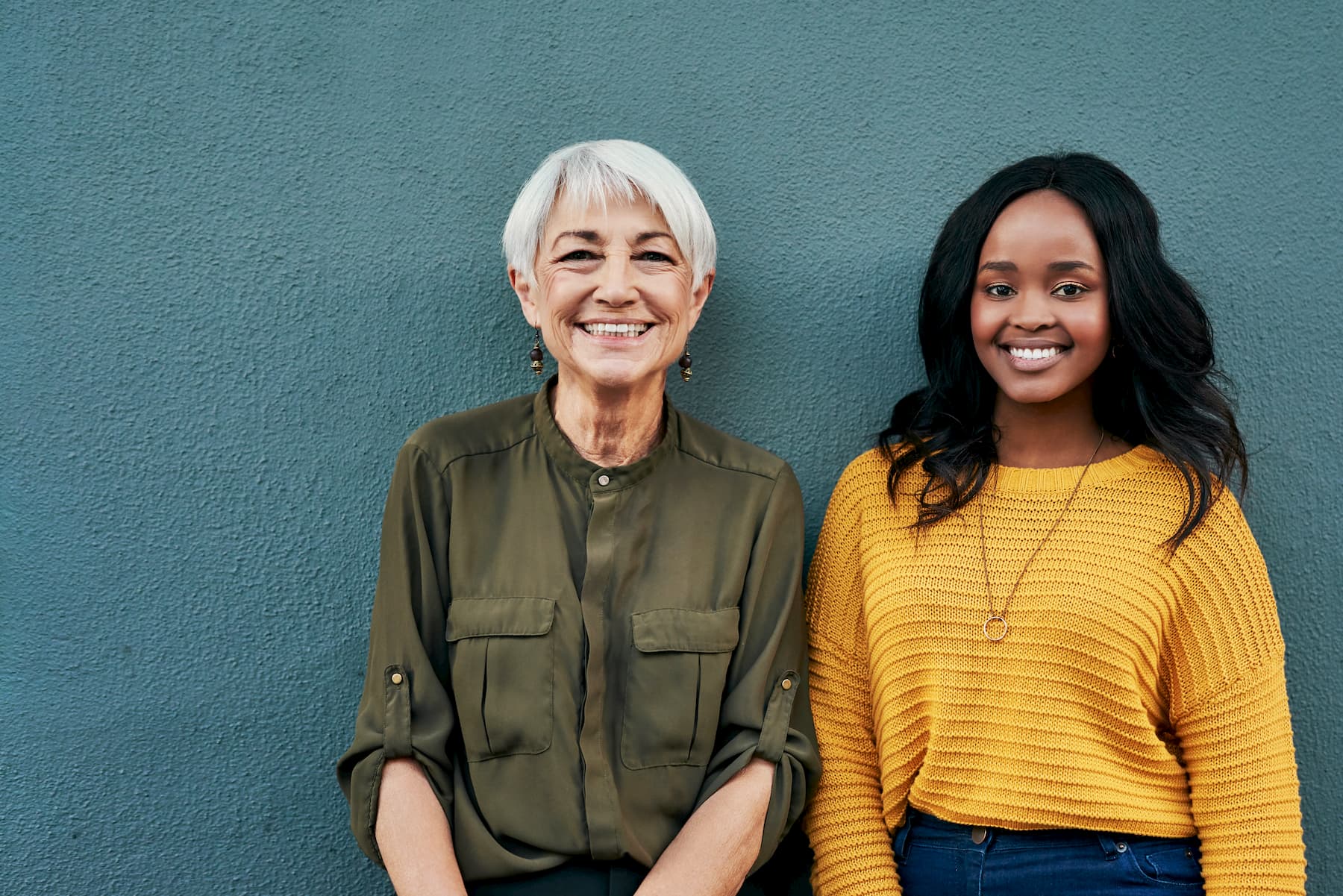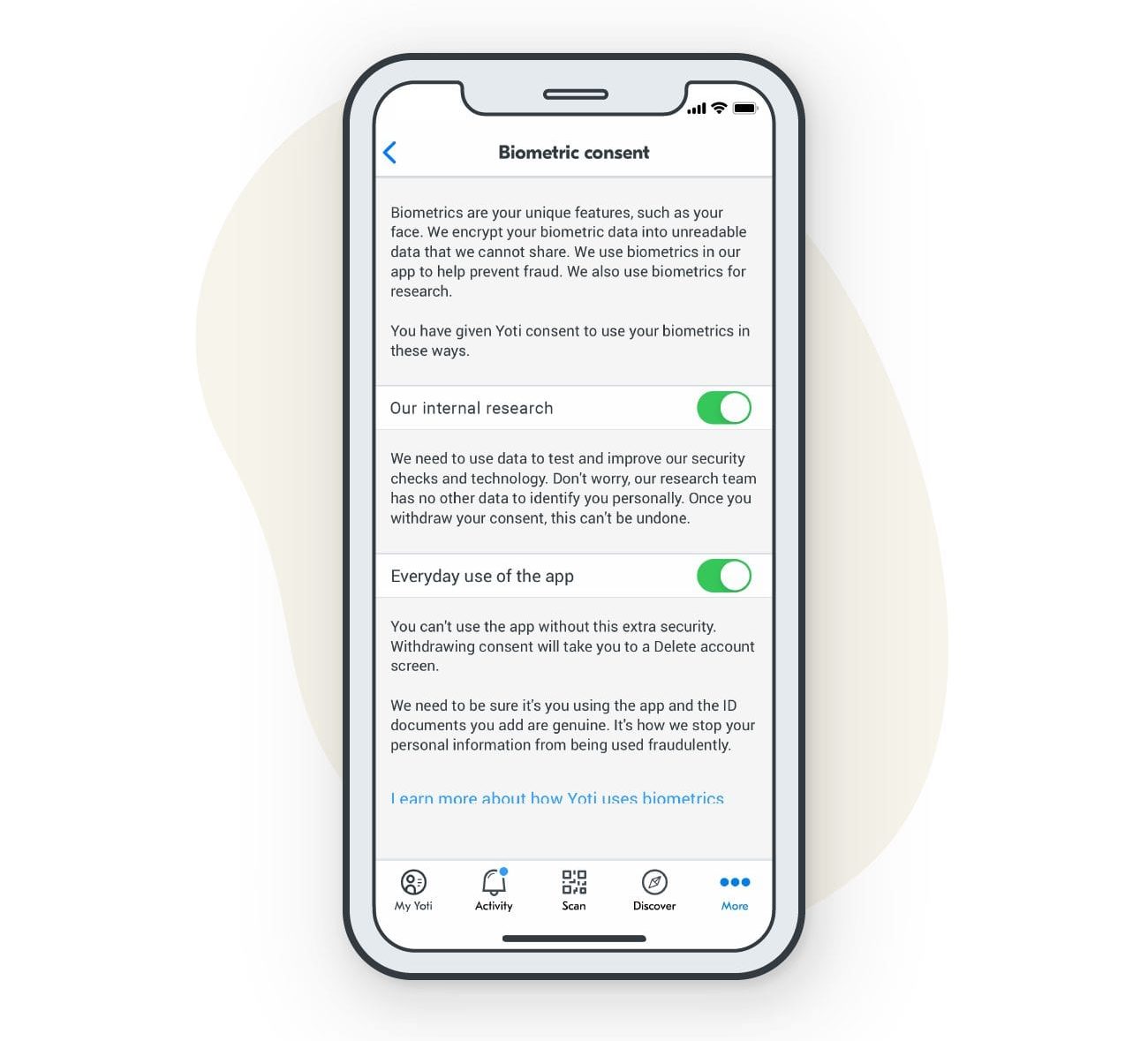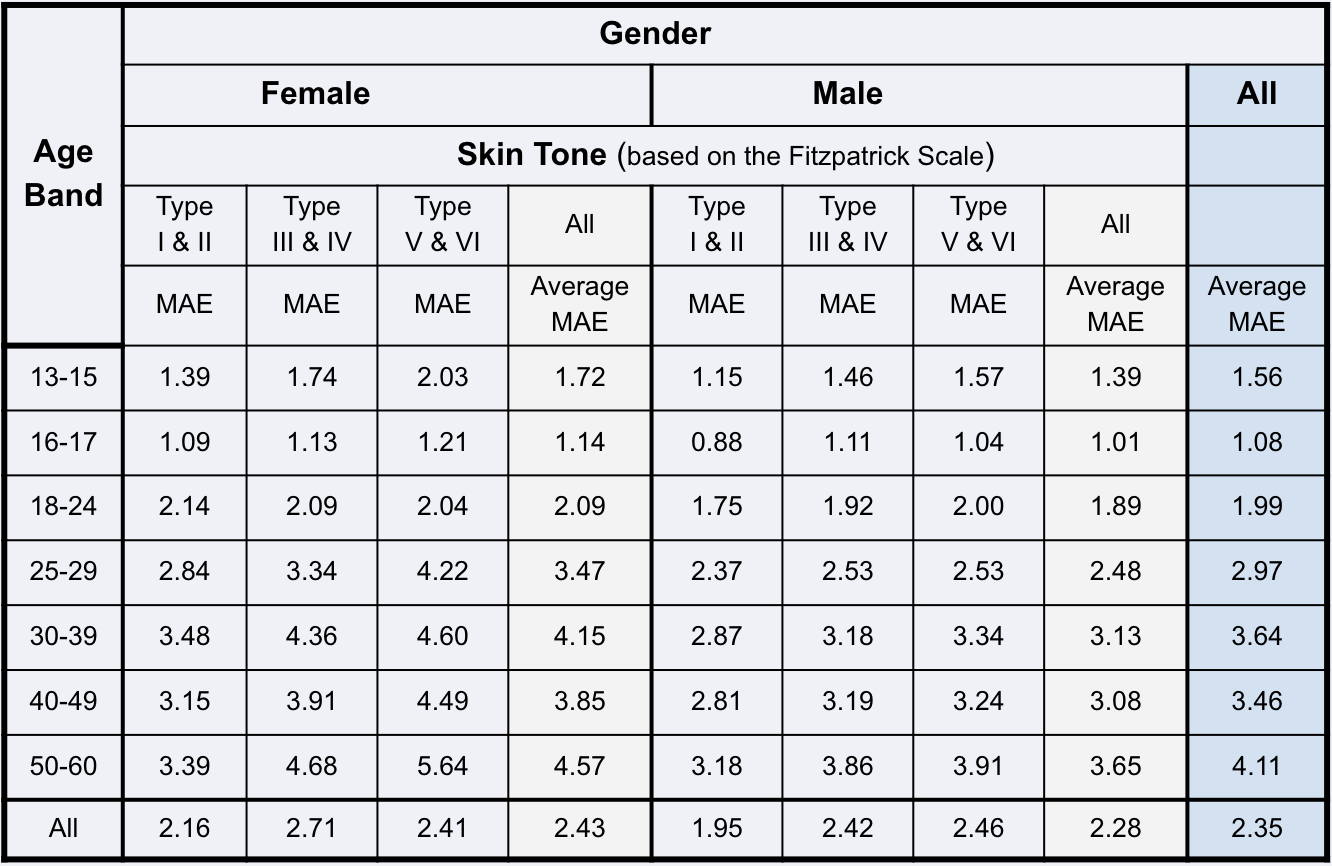
Having spent the last six years building a digital identity platform, we’ve made some impressive advancements in the age checking space.
Our free app is a powerful tool that lets anyone convert their government-issued ID document into an encrypted, digital ID. Once verified, users can share age details, such as ‘Over 18’ or ‘Under 18’, without revealing their entire date of birth.
Age checks without an ID document
After delivering age verification in this way for a few years, it struck us that in the UK 33% of under 18s and 24% of over 18s do not have photo ID documents – many in lower income households where people do not travel abroad or drive a car.
Across the world there are over 1 billion people with no government-issued or other official photo ID. One of the UN Sustainable Development Goals is to ‘provide legal identity to all’.
And Yoti, in turn, also has a core business principle to ‘make Yoti available to anyone’.
Anonymous age estimation
So in 2017, our research and development (R&D) team started looking into using machine learning to build a system that could recognise the age of a face. Using neural networks, we discovered we could teach a machine with just an image, gender and a year of birth.
From the beginning, we made a commitment to transparency, bias minimisation and ethical usage, underlined by our signing of the Safe Face Pledge.
To minimise bias, we are fortunate to benefit from the diverse global Yoti community members that add ID documents. We publish the results, across skin tones, ages and genders in our regularly-updated white paper.
We recognise that some Yoti users do not wish to take part in this research and an opt-out route is clearly provided within the app.

We’ve hosted roundtable sessions to get input from civil society and also invited the Centre for Democracy and Technology to do a deep dive into the technology.
We also worked with Dr Allison Gardner, an IEEE expert, to do an Algorithmic Bias review, to ensure we were developing the algorithm aiming to minimise bias and be transparent about the levels of accuracy and bias.
Accuracy rates
Over the last two years, we’ve trained the system with an image, gender and year of birth. It is now able to judge age within a couple of years. For 16-25 year olds, it can usually estimate the age within 1-2 years. In contrast, humans guess age within about 4-8 years of accuracy.
These are our latest October 2020 algorithm results, which show the mean absolute error (MAE) for different genders and skin tones, across age bands of interest. The weighted columns give equal weight to each of the three skin tone groups and equal weight to gender.

Graph of accuracy rates from October 2020 Age Scan white paper.
Protecting people online
We have now undertaken over 300 million age estimates.
The tool makes life easier for people who want to limit how much personal information they share online. It is fully anonymous and there is no way of linking a person’s face with an identity. All images are instantly deleted and an estimated age is delivered in a matter of seconds.
The system also makes it easier for businesses to safeguard users and ask for less data. With the growing popularity of social media and live streaming platforms, safeguarding children is becoming a number one safety priority and this is a seamless tool that allows companies to do that.
Yubo and GoBubble are just two of many partners that are keeping their online communities safe with this tool. With huge user bases spread across the world, our scalable system allows such companies to review many millions of users and deter people lying about their age. It also allows for companies to obtain parental consent which is given by an adult through estimated age.
What’s more, the tool can be used for online and offline retail settings, for privacy-preserving adult content age verification, or for gambling or dating site age checks.
We were asked to take part in a BBC documentary #NudesForSale, where they used it to check how many underage users were using a platform for over 18s. We’ve also made the tool available to help ascertain the age of victims and perpetrators in child sexual abuse material. As part of the Yoti principles, this child protection tool is made available for free for eligible non profits.
Further development
From Q4 2020, to support companies looking to comply with the Age Appropriate Design Code and help improve accuracy with young people, we’ll be working with several safeguarding bodies to consider widening the research with the aim of:
- Extending the age range to also include younger people aged between 7-12.
- Further improving the accuracy by using month as well as year-of-birth. This will be tested over the coming months.
In the upcoming white papers, we will explain how this work progresses.
If you want to ask any further questions about our age estimation or our other R&D work, please email privacy@yoti.com.
